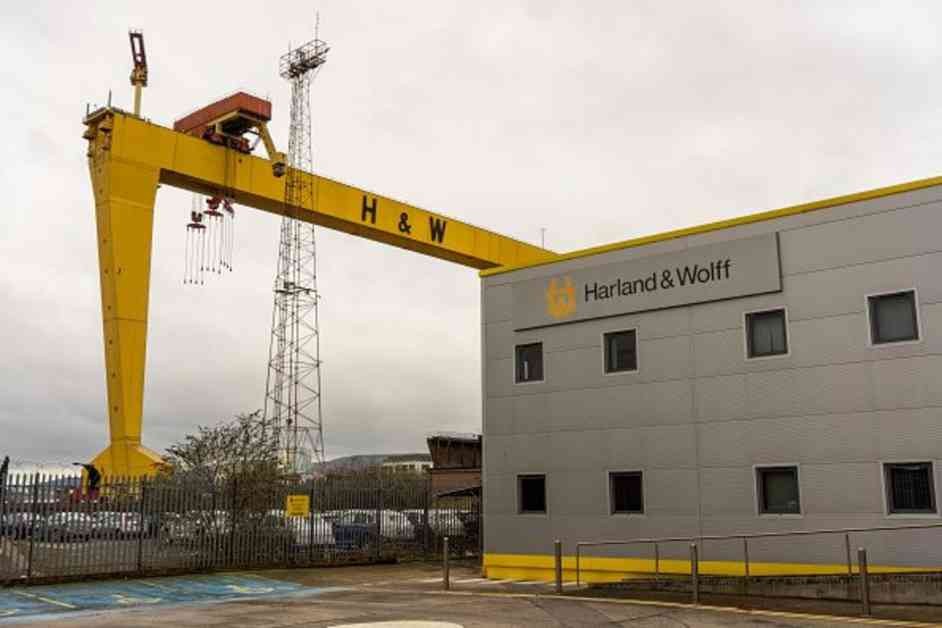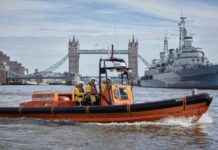Harland and Wolff, the iconic shipyard in Belfast, has entered administration, sparking fears of imminent job losses among its workforce. This news comes as a blow to the local community and the maritime industry as a whole.
History of Harland and Wolff
Established in 1861, Harland and Wolff has a rich history of building some of the world’s most famous ships, including the RMS Titanic. The shipyard has been a cornerstone of Belfast’s economy for over a century, employing thousands of workers and contributing to the city’s industrial heritage.
However, in recent years, Harland and Wolff has faced financial difficulties due to a decline in demand for shipbuilding services. The company has struggled to secure new contracts and adapt to the changing dynamics of the global maritime industry.
Impact on Workers
The announcement of Harland and Wolff entering administration has sent shockwaves through the workforce, with employees facing an uncertain future. Job losses are expected to be inevitable as the company restructures and looks for potential buyers to take over the business.
Many workers at the shipyard have expressed their concerns about the potential loss of their jobs and the impact it will have on their families and the wider community. The uncertainty surrounding their employment has left many feeling anxious and worried about what lies ahead.
Industry Response
The news of Harland and Wolff’s administration has also prompted a response from industry leaders and government officials. There have been calls for support and intervention to safeguard the future of the shipyard and its workforce.
Trade unions and politicians have urged the government to step in and provide assistance to help save jobs and ensure the continuation of shipbuilding operations at Harland and Wolff. The shipyard’s closure would not only result in job losses but also have a significant impact on the local economy and the wider maritime industry.
In conclusion, the administration of Harland and Wolff represents a significant turning point in the history of the iconic shipyard. The future of the company and its workforce hangs in the balance as efforts are made to secure a viable future for this historic institution. The outcome of these developments will have far-reaching implications for the local community and the maritime industry as a whole.












